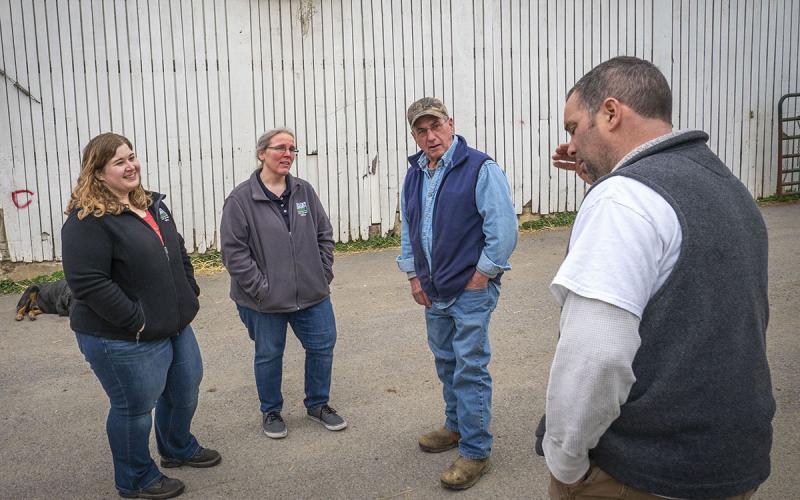Winter in South Dakota is often not for the faint of heart, especially for livestock producers. The good news is that eventually there will be some signs of spring. The bad news is we there are often significant challenges to overcome.
As the snow melts, we are going to be left to deal with mud at a minimum and extensive flooding as a possible worst-case scenario. While we can’t control the pace of melting or the possibility of additional precipitation, we may be able to take a few steps to mitigate the negative impacts.
Dealing With Muddy Yard Conditions
Mud in open yards is extremely detrimental to cattle performance and efficiency. Unfortunately, mud is a common occurrence whenever we have greater than normal snowfall or if we go into winter with saturated soil conditions.
If we haven’t had the chance to move or at least pile up snow or ice on the pen surface, we often have a window of opportunity to do so now as long as it still gets below freezing at night. Scraping pens also reduces the places for surface water to collect and slow down the drying process. These steps can be easier said than done, especially if the ground is too soft, but anything we can do now will reduce problems later.
Removing any drainage impediments also would be a useful step. Sometimes soil or manure will build up along fences or drainage ways and unnecessarily block water flow. Moving that material now, if possible, will allow surface drainage water to move off the pen surface more quickly.
In some cases, it may make sense to send cattle to market sooner, especially in backgrounding programs. Sending out the cattle has several benefits. One, if cattle are sold before lot conditions deteriorate producers can avoid the losses in performance and efficiency. In extreme cases, marketing sooner may be the best opportunity to get cattle shipped due to poor road conditions. Even a partial depopulation could be helpful. Researchers in Nebraska found that allowing increased room per head in an open yard reduced much of the negative impacts of mud on performance.
Feed Supply Access
Flooding can be a very real possibility when soils are saturated or there is above normal winter precipitation. Strategic positioning of feed supplies in case water levels rise and makes roads impassable will help mitigate risk. That could be especially important for feedstuffs that need to be trucked in from a distance if there are any questionable areas along the travel route. Feed stored on one part of the farm might also become inaccessible. Moving some feed supplies closer while there is still some frost in the ground will be easier compared to doing so in the mud.
In some cases, roughage supplies become short as the seasons transition from winter to spring. That can be especially true in winters when hay consumption is greater than normal or there is increased need for bedding. Limiting feeding grain can be a useful strategy to stretch forage supplies, but this isn’t a strategy that can be implemented immediately. There needs to be an adaptation period to adjust cattle to additional starch. If substituting grain for hay is a possibility plans allow at least 20 days for cattle to adapt to changes in the diet.

